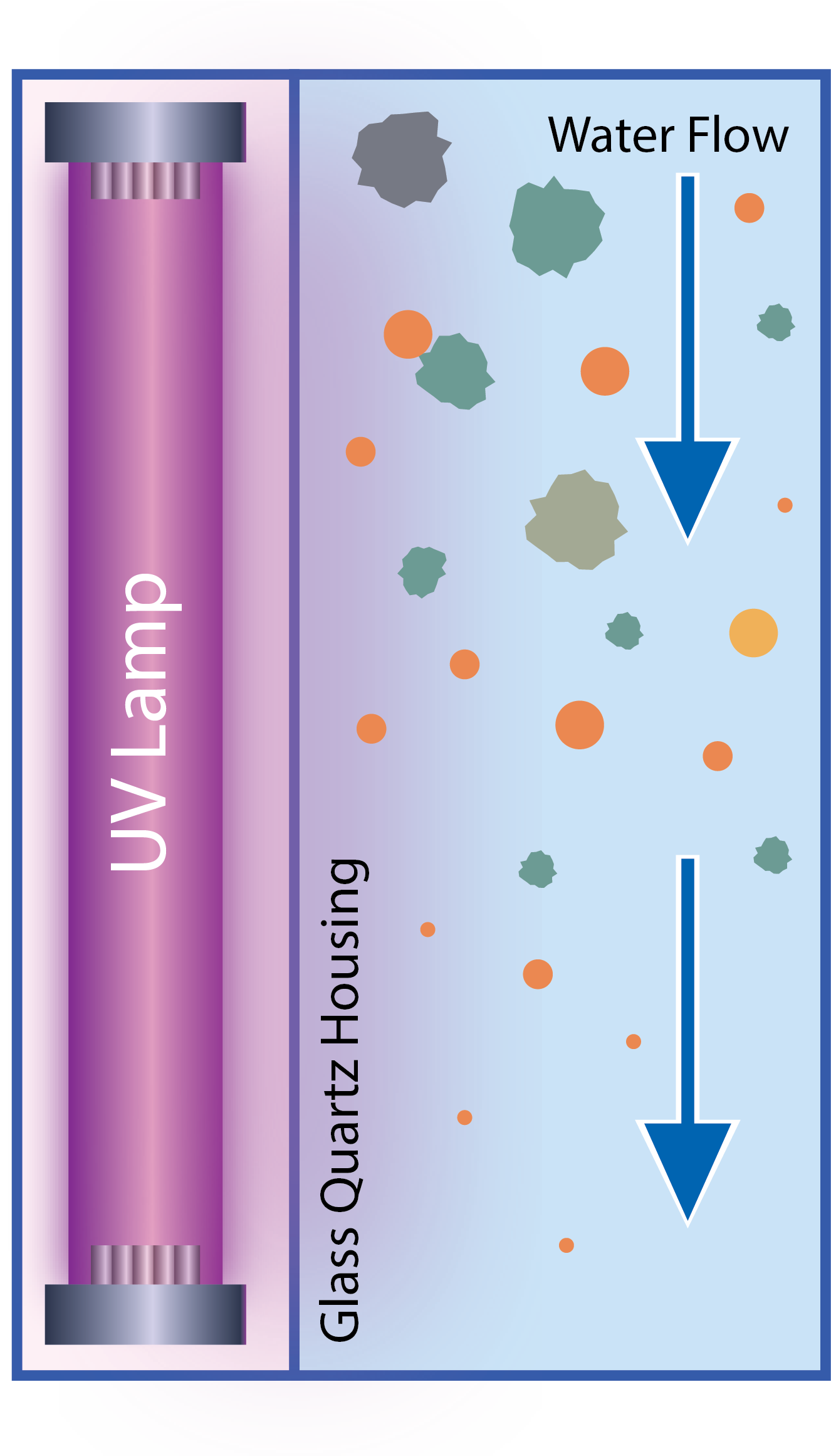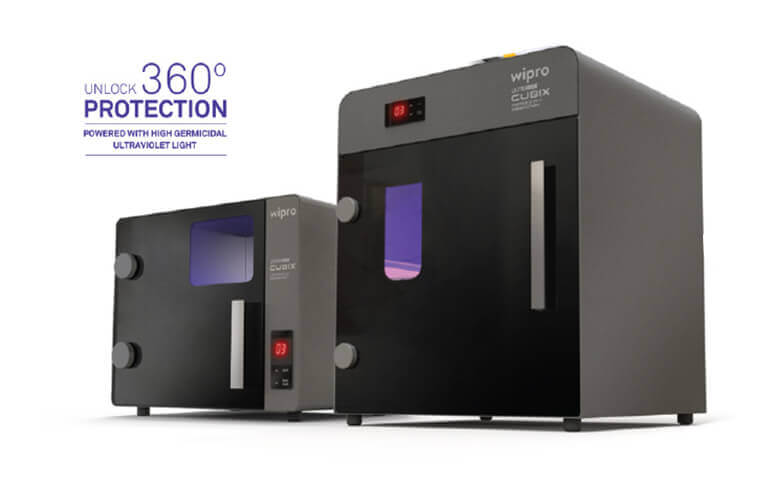Indicators on Uvc Light You Should Know
Indicators on Uvc Light You Should Know
Blog Article
The 45-Second Trick For Uvc Light
Table of ContentsIndicators on Uvc Light You Should KnowThe 3-Minute Rule for Uvc LightThe 7-Minute Rule for Uvc LightUvc Light for DummiesThe smart Trick of Uvc Light That Nobody is Talking AboutWhat Does Uvc Light Mean?
A brand-new sort of ultraviolet light that may be safe for people took less than 5 minutes to decrease the level of indoor airborne microbes by even more than 98%, a joint study by scientists at Columbia College Vagelos University of Physicians and Surgeons and in the U.K. has actually located. Also as microorganisms remained to be sprayed right into the room, the level stayed extremely low as long as the lights were on.Yet previously these research studies had only been conducted in small experimental chambers, not in full-sized spaces mimicking real-world problems. In the existing research study, scientists at the University of St. Andrews, College of Dundee, College of Leeds, and Columbia University tested the effectiveness of far-UVC light in a large room-sized chamber with the same air flow price as a normal home or office (about 3 air adjustments per hour).
The efficacy of various methods to reducing indoor infection levels is generally determined in terms of equivalent air changes per hour. In this study, far-UVC lamps generated the equivalent of 184 equivalent air exchanges per hour. This goes beyond any various other strategy to decontaminating occupied indoor rooms, where 5 to 20 equal air modifications per hour is the most effective that can be attained practically.
Indicators on Uvc Light You Should Know

The primary parameters of UV-C sanitation are wavelength, dosage, loved one humidity, and temperature. There is no agreement regarding their optimum worths, but, as a whole, light at a high dosage and a range of wavelengths consisting of 260 nm is favored in an environment at space temperature with low family member humidity. This light can be generated by mercury-vapour, light-emitting diode (LED), pulsed-xenon, or excimer lights.
There are wellness and security threats linked with the UV-C technology when utilized in the closeness of individuals. UV-C sanitation systems have promising attributes and the potential to boost in the future. Information bordering the different parameters affecting the innovations' effectiveness in healthcare facility environment are needed. UV-C sanitation ought to presently be considered for low-level instead than high-level sanitation.
An additional application emerged in 1910 when UV light was made use of to sanitize water. Nowadays, UV light is used for water, air, food, surface area, and clinical tools disinfection.
Everything about Uvc Light
This results in the disturbance of DNA or RNA, leading to the inactivation of the micro-organism. UV-C-induced DNA disruption frequently is composed of the bonding of 2 neighbouring thymine (or cytosine) bases rather of the traditional linking of a base with its complementary base on the various other hair.

Dark repair, on the other hand, requires several enzymes and nutrients for energy [6] It is very important to understand whether final inactivation results have considered the event of Recommended Reading reactivation considering that it may lead to 60% of the attained inactivation being reversed [7] Furthermore, anomalies can arise upon UV-C exposure given that this direct exposure can lead to the origination of intra-strand cyclobutyl-pyrimidine dimers in DNA [ 6] The UV-C zone is used for disinfection however there is no consensus on the exact ideal wavelength. Light at 260 nm can trigger the most disruption. Numerous micro-organisms are most at risk to slightly various wavelengths.
Uvc Light for Beginners
On the various other hand, it has technological effects since the overall energy of the light beam of light is then divided over all present wavelengths. A micro-organism that is prone to 254 nm light will be inactivated more by a lamp that produces solely light at 254 nm than a light that emits a wavelength range at equivalent complete power.
Direct exposure times of 1045 min for area sanitation and 25 s to 5 min for clinical equipment were run into in literary works.
Additionally, the outcome of a light reduces with home time, so it is recommended to calculate the dose at the end of lamp life, which is representative of a worst-case situation. The dosage likewise influences the amount of photoreactivation. Quek et al. found that the portion of photoreactivation lowered from 5.31% to 0% for a boost in dose from 1.6 to 19.7 mJ/cm2 [8]
The influence of temperature depends on the light source.
Some Ideas on Uvc Light You Should Know


This is known as far UV-C technology and is a reasonably brand-new disinfection approach with minimal understanding concerning its effectiveness.
In study, the results on pulsed versus continuous UV-C sanitation performance differ. When comparing pulsed and continual light it is essential to keep other variables such as wavelength and dose consistent. Nyangaresi et al. and Sholtes et al. both discovered that pulsed or continuous light released by LEDs led to comparable log10 decreases [15,28]
The 5-Minute Rule for Uvc Light
In situation ozone is not needed for sanitation, a modified light can be used. For mercury-vapour lights, drugged quartz glass or specialized soft glass can remove short-wave UV-C light. For pulsed-xenon, doped quartz can be used also [30] UV-C has appealing features for sanitation such as automated disinfection, being much less time-consuming than extensively used guidebook or chemical sanitations, leaving no damaging residuals, and being ecologically friendly (if no mercury-vapour lights are utilized) [31,32]
Report this page